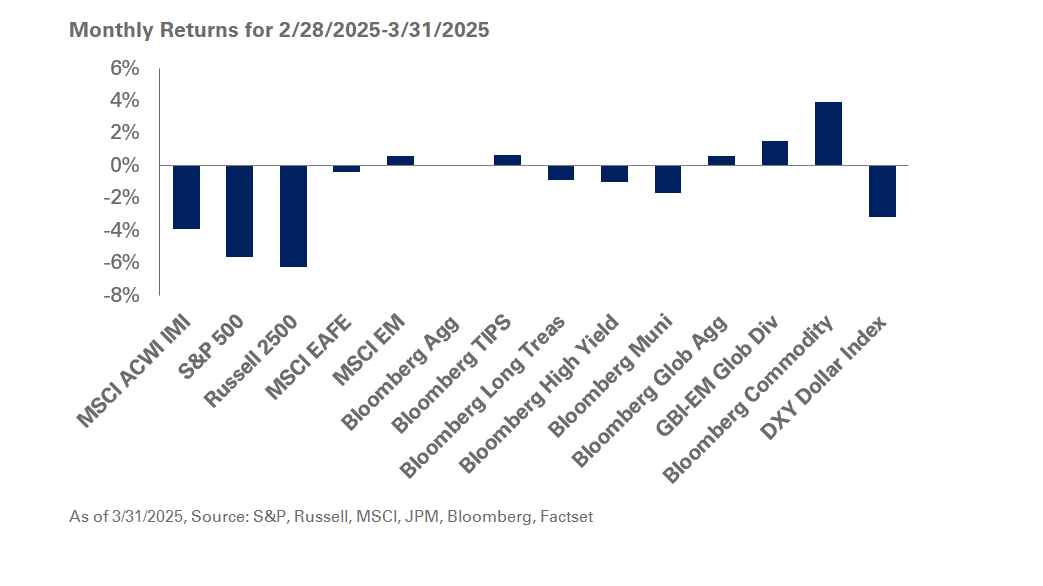NEPC Key Market Themes represent our view of current drivers for the global economy. Over time, themes evolve and interact, influencing asset values and opportunities. A disruption of a theme likely alters market dynamics and our investment outlook.
PERMANENT INTERVENTIONS
Our theme of permanent interventions—put in place the year before the COVID-19 pandemic tore through the world—took center stage in 2020, alongside our virus trajectory theme. Permanent interventions underscore the unprecedented willingness of governments and central banks to step in to bolster market sentiment.
This new normal, where accommodative monetary policies and expanding fiscal debt appear to exist in perpetuity, will also feature prominently in the coming years as economies struggle to get back on their feet. The combination of exceptionally low interest rates, with expected fiscal and monetary responses to any economic challenge, is emboldening investors to take on more risk. While NEPC acknowledges that the equity risk premium over cash or bond yields is attractive relative to past years, we emphasize the importance of a meaningful safe-haven fixed-income exposure to counter the inevitable volatility that comes from a crisis-and-response cycle. We believe this liquidity buffer will allow investment portfolios to take on incremental risk and capture the higher returns stocks offer relative to bonds.
The need to control market sentiment appears to be a paramount concern for central banks, which are on a path to adjust interest rates higher only if meaningful inflationary pressures—above and beyond past disinflation—force their hand. That said, with rates already at zero in the United States (and in negative territory in Europe and Japan), central banks have little wiggle room with monetary policy. Instead, the Federal Reserve is relying on quantitative easing—an expansion of its balance sheet—in its attempts to prop up sentiment (often in new, challenged areas such as high-yield ETFs in 2020). As a result, fiscal stimulus will likely lead the way, responding to a ‘K-shaped’ recovery that has shuttered companies and left many jobless.
Despite our belief that these interventions are here to stay, their permanence may be challenged or disrupted. To that end, this theme comes with risks: If not managed deliberately, an unrestricted flow of liquidity and stimulus can devalue currencies and stoke inflation, forcing a hefty repricing of assets. On the other hand, tightening monetary and fiscal support can send markets into a tailspin, exacerbating deflationary pressures and damaging investment values.
In such times, we remind our clients that diversification and balance are key, even in the presence of permanent intervention.



